 At first glance the Kissing Gourami or Helostoma temmincki may just look like a free loving hippy, but these freshwater fish are actually battling it out more like a couple of 300lbs football players would on the line of scrimmage. You see, the Kissing Gourami's large lips aren't just for looks, the males of this species will actually lock
lips, almost like they are kissing. They are actually pushing on one another
to see which one is the weakest and doesn't get potential breeding rights. Eventually, one of the two will
surrender in defeat. You can check out the Kissing Gourami battle kissing in the video below...
At first glance the Kissing Gourami or Helostoma temmincki may just look like a free loving hippy, but these freshwater fish are actually battling it out more like a couple of 300lbs football players would on the line of scrimmage. You see, the Kissing Gourami's large lips aren't just for looks, the males of this species will actually lock
lips, almost like they are kissing. They are actually pushing on one another
to see which one is the weakest and doesn't get potential breeding rights. Eventually, one of the two will
surrender in defeat. You can check out the Kissing Gourami battle kissing in the video below...As you can see, they get their name from the thick lips that are sometimes extended out. It is almost as if this aquarium fish is puckering up at you every time you go to feed them. Also known as the Kisser Fish, or the Pink Kisser this species of freshwater Gourami has a silvery peach body with rather large eyes. They can grow to about 12" in maximum length.
Kissing Gourami are inexpensive fish that should be placed in an freshwater aquarium of 30 gallons or more with plants, stones and hiding places. Be careful if you use live plants as this species of Gourami will eat almost anything. The one thing I really like about the this fish is that they help you clean the aquarium by grazing on the algae that tends to grow on the glass. This is very helpful and cuts down on the use of Aquarium Wipes between cleanings. The following aquarium water conditions are recommended, 72-82° F, KH 5-20, and pH 6.8-8.5. If you house these Kissing Gourami be certain that they can access the surface as they are surface breathers. While this fish is kept as a pet in many places in the world, in Southeast Asia it is commercially raised and is a major food source for many people.
 If you would like to breed a Kissing Gourami fish be sure to put pieces of lettuce on the surface of the water. They will use this to lay their eggs on during the spawning process, and after that the fry hatch they will munch on the lettuce as their first food source. After they grow larger this fish requires a typical omnivore diet of bloodworms, tubiflex, brine shrimp, and flake foods.
If you would like to breed a Kissing Gourami fish be sure to put pieces of lettuce on the surface of the water. They will use this to lay their eggs on during the spawning process, and after that the fry hatch they will munch on the lettuce as their first food source. After they grow larger this fish requires a typical omnivore diet of bloodworms, tubiflex, brine shrimp, and flake foods. 






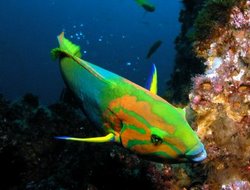

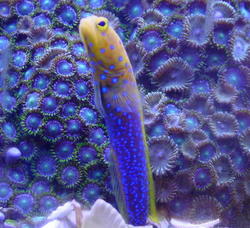



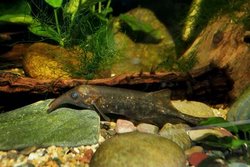

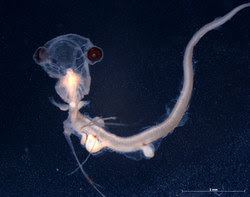
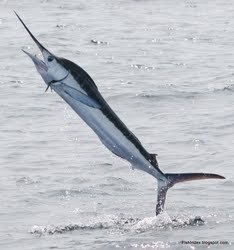







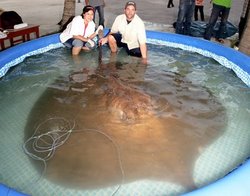
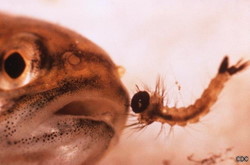







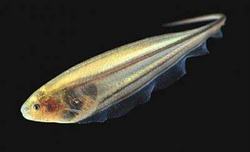
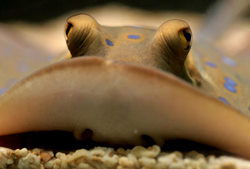





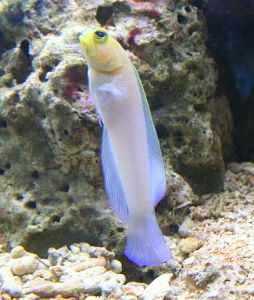





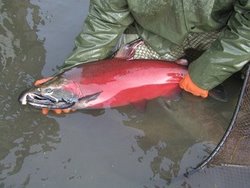

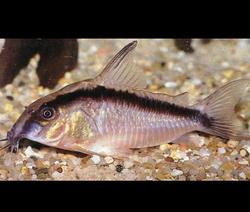
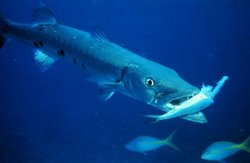



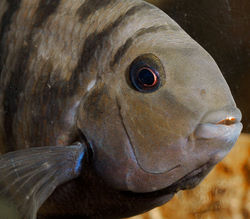


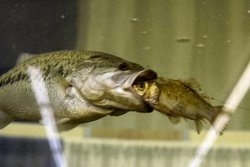



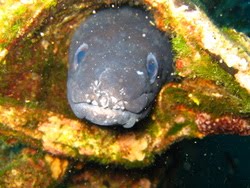


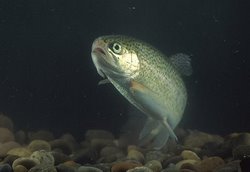
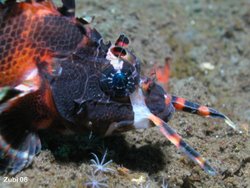
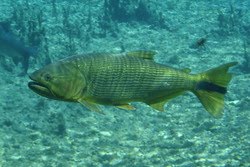

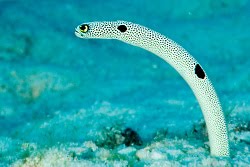
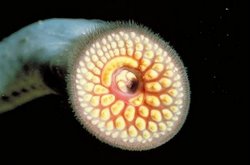



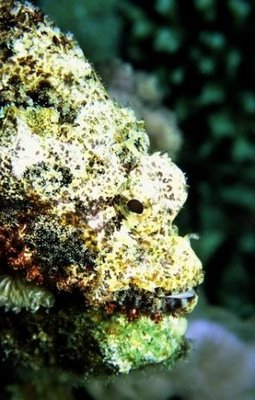
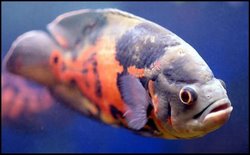

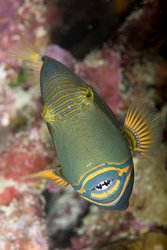

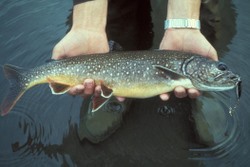

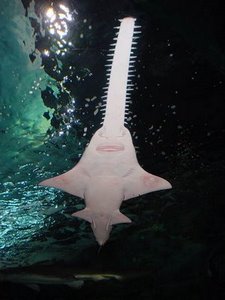












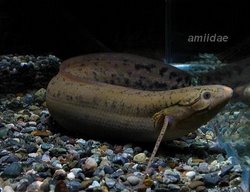

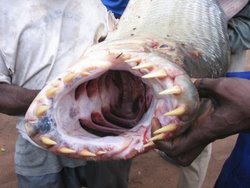










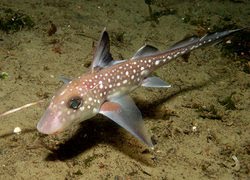
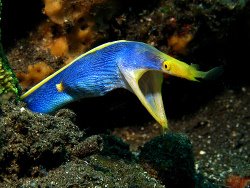


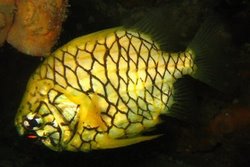
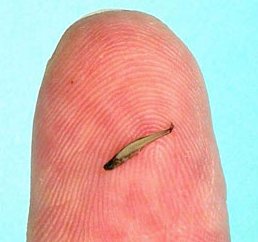
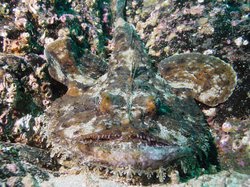
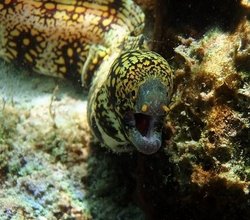

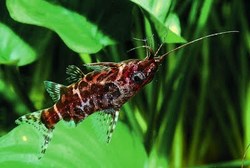







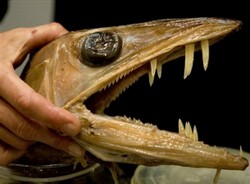

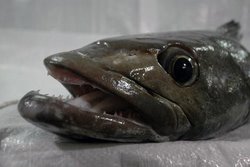
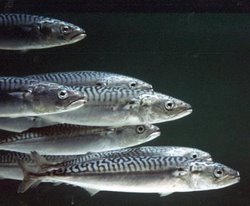
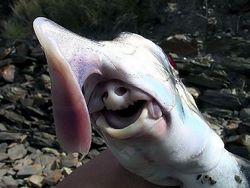
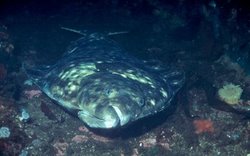
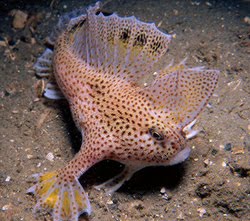
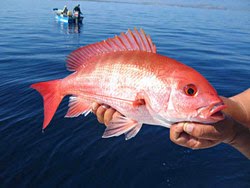

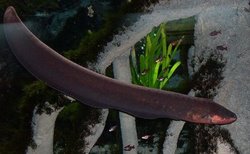

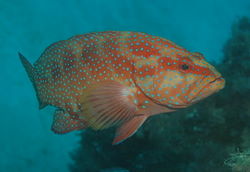

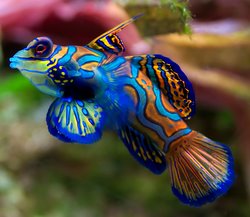
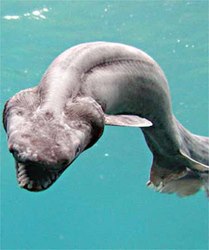
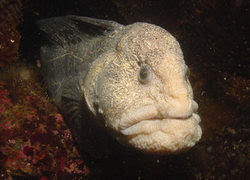
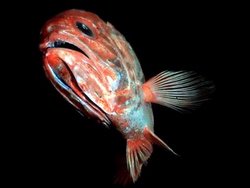
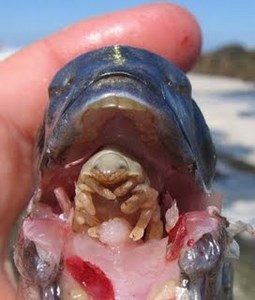

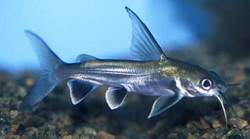
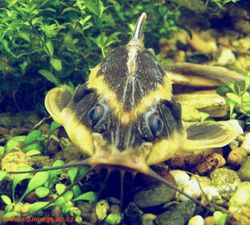
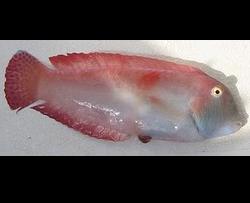








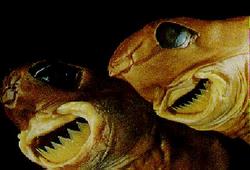
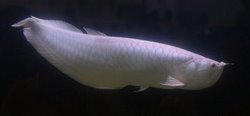
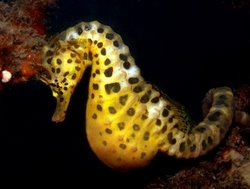
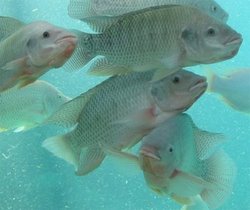
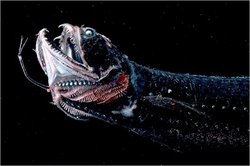
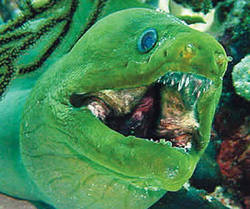


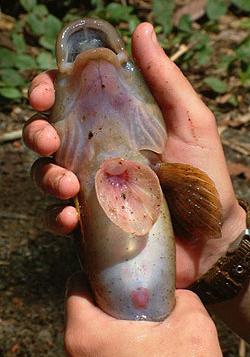


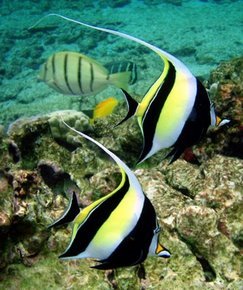

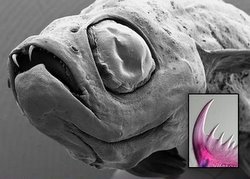
No comments:
Post a Comment